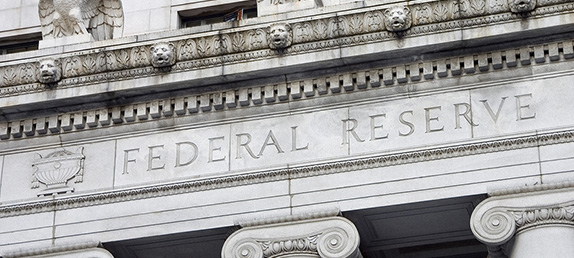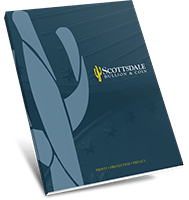
Why Now is the Time to Invest in Gold
In November of 2008, the Federal Reserve began an economic stimulus program known as quantitative easing, or QE. In response to the recession, the Federal Reserve started buying mortgage-backed securities and government bonds to help keep the economy afloat. The goal was to incentivize banks to continue borrowing and lending, to keep interest rates low and to thereby stimulate the floundering economy. QE went through three rounds, known as QE1, QE2 and QE3, with momentary pauses in bond buying, depending on how strong the Federal Reserve perceived U.S. economic growth. Where did the money for this bond buying come from? Essentially, out of thin air. After years of anticipation, with investors wondering when the Fed would decide to pull back its stimulus program, it became official on Wednesday, October 26: QE was done.
The Fed released a statement saying that it was confident that U.S. economic growth would continue, despite the recent sluggishness of the global economy. Targets for inflation and unemployment were on track, the Fed said. However, even though the job market is strengthening, unemployment is still at 6%. Because of this, the Fed maintained that interest rates would remain low for “considerable” time. Analysts agree that the news of QE ending is not unexpected; the Fed had been tapering its bond buying recently. But this news is still significant for the economy, as well as the gold market.
Since QE began, the Fed has added $3.7 trillion net worth of assets to its holdings, about eight times more than it had before November of 2008. For the past six years, QE has been a hot topic of debate in U.S. economic policy. The Federal Reserve’s liberal monetary policies have been influential to gold prices; QE was a fix-it response to a poor economy and an unstable financial situation, similar to a lifeboat trying to pull out a sinking ship. Because the Fed was basically creating money out of nowhere and using it to buy bonds in the ballpark of $40 billion per month, and interest rates were kept at nearly 0%, it created an atmosphere rife for buying gold. In light of an unstable economy, gold is an extremely desirable asset because it retains value and wealth despite tanking paper currencies.
However, just because QE has ended does not mean the economy is instantly recovered or even near that. Unemployment is still high, and as BBC economics correspondent Andrew Walker said in an interview, the 6% unemployment rate does not even tell the whole story. There are still people working part-time who cannot achieve full-time employment and people who are not counted as unemployed but who would still like to work. “Long-term unemployment,” he said, “is still a serious problem.” Additionally, Alan Greenspan, Federal Reserve chief from 1987–2006, stated that despite some success in raising asset prices and lowering borrowing expenses, QE ultimately didn’t do anything for the real economy. Ending QE is not a trouble-free endeavor, Greenspan said. He even went so far as to recommend investing in gold because it is a source of wealth that exists outside the unpredictable fluctuations of government policies.
Furthermore, with the end of QE and the pumping of trillions of imaginary dollars into the U.S. financial system, some analysts are concerned that with the Fed’s pullback of bond buying, a market crash may be on its way. The International Monetary Fund stated concern that the Fed’s stimulus program didn’t achieve everything it had hoped for. Low interest rates were intended to encourage consumers and banks to spend, produce and lend, yet they had an unintended consequence: the low interest rates made it very attractive for investors and corporations to search for high returns in sometimes risky stocks and high-yield bonds. This has created overvalued assets in many markets (even Greenspan noted that boosting asset prices had been a “terrific success”). But now that the cushion of QE is gone, the worry is that investors could start selling off all their assets while they’re still high to protect themselves against a downturn in the stock market. If major sell offs happen on a widespread level, a market crash could be on the horizon. With the end of QE and economic uncertainty ahead, gold retains its place as a safe-haven insurance fund against looming financial disaster.


